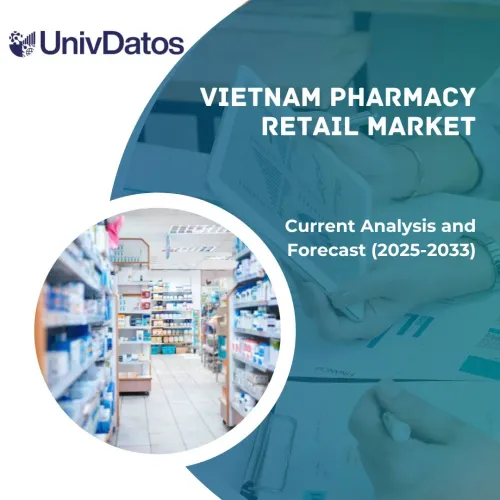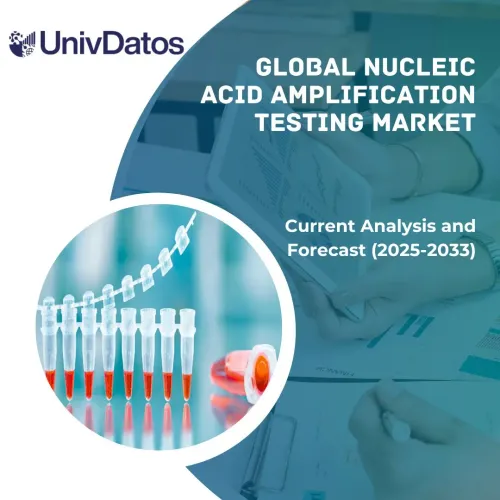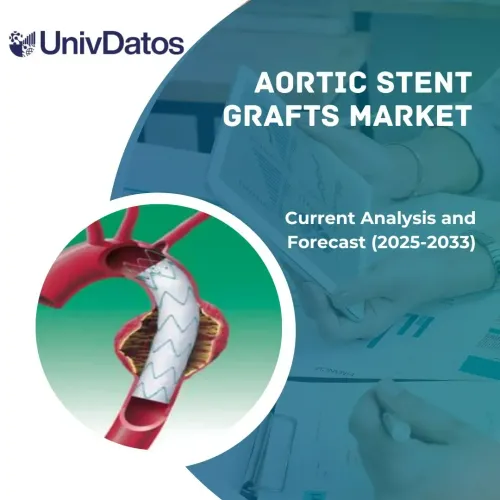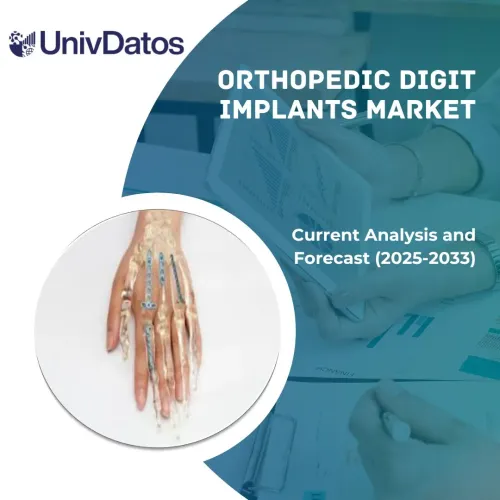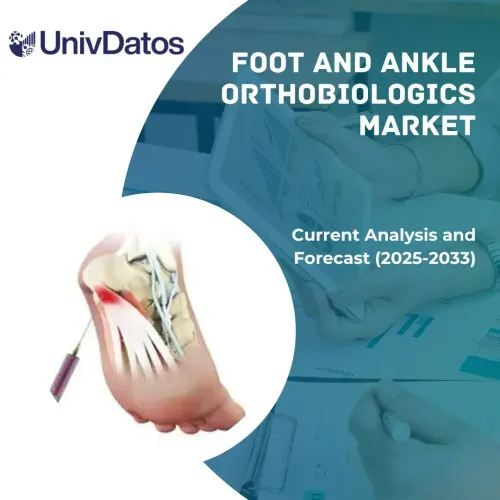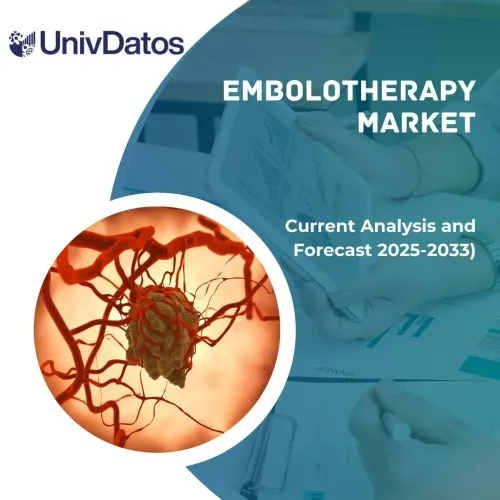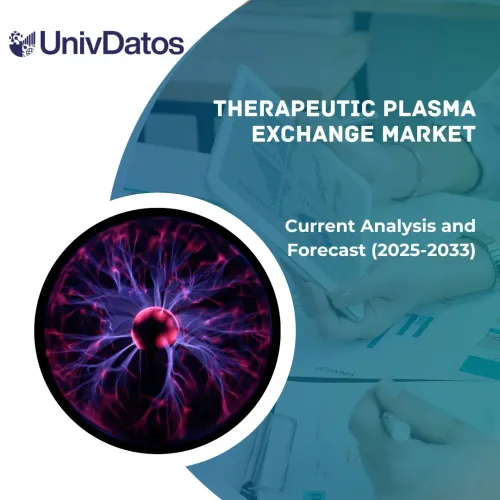- Home
- About Us
- Industry
- Services
- Reading
- Contact Us
Antinuclear Antibody Test Market: Current Analysis and Forecast (2022-2028)
Emphasis on Product (Reagents & Assay Kits, Systems, and Software & Services); Techniques (ELISA, Immunofluorescence Assay, and Multiplex Assay); Applications (Rheumatoid Arthritis, Systemic Lupus Erythematosus, Sjogren’s Syndrome, Scleroderma, and Others); End-users (Hospitals & Clinics, Diagnostic Centers, and Others); Region/Country
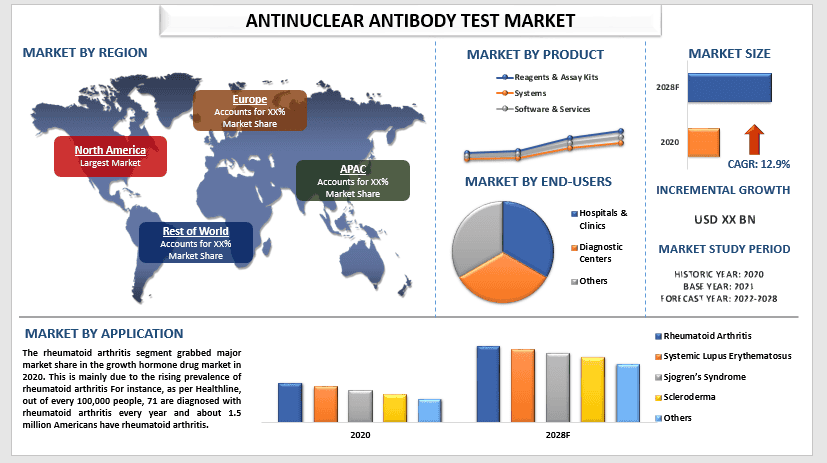
The Global Antinuclear Antibody Test Market is anticipated to grow with an elevated CAGR of around 12.9% over the forecast period (2022-2028). Antibodies are proteins that the immune system forms to fight bacteria, viruses, and pathogens. sometimes, the immune system can mistake parts of its own body for foreign bodies. It releases special antibodies, known as autoantibodies that attack its own body cells and tissues.
The rising prevalence of chronic diseases and increasing autoimmune disorders are the main factors that are responsible for the rising demand for antinuclear antibody tests. Furthermore, rising awareness among the population about the severity of the diseases and the increasing efforts in R&D also have significant contributions to the growth of the antinuclear antibody test market. For instance, as per MedlinePlus, Sjögren syndrome is a relatively common disorder; it occurs in 0.1 to 1 percent of the population. It is difficult to determine the exact prevalence because the characteristic features of this disorder, dry eyes, and dry mouth, can also be caused by many other conditions.
Thermo Fisher Scientific; Bio-Rad Laboratories; Abbott Laboratories; PerkinElmer Inc; Trinity Biotech Plc; Grifols SA Class A; Quidelortho Corp; Antibodies Incorporated; BioVision Inc; Sebia S.A.are some of the prominent players operating in the antinuclear antibody test market. Several M&As along with partnerships have been undertaken by these players to facilitate customers with new varieties of the antinuclear antibody test.
The global impact of COVID-19 has been unprecedented and staggering, with the market registering a certain decline across all regions amid the pandemic. The antinuclear antibody test market was also affected by the crisis due to the unavailability of treatment in hospitals. Additionally, many people postponed their inessential appointments, as well as the healthcare systems, were engaged in severe diseases and managing the COVID 19 cases even specialty clinics were also engaged in COVID-19 treatments during the pandemic therefore the decline in demand for antinuclear antibody tests was observed.
Insights Presented in the Report
Amongst Products, Reagents & Assay kits segment holds the major share”
Based on products, the market is categorized into reagents & assay kits, systems, software & services. The reagents & assay kits segment grabbed a significant market share in 2020 and is anticipated to grow at a rapid rate in the upcoming years. This is mainly due to the reagents & assay kits providing accurate, and rapid results, and accurate solutions. Furthermore, the rising number of research laboratories and increasing use of the reagents in them is attributed to the segmental growth of reagents & assay kits in the antinuclear antibody test market.
“Amongst Technique, ELISA segment holds the major share”
Based on the technique, the market is categorized into ELISA, immunofluorescence assay, and multiplex assay. The ELISA segment accounted for a significant market share in 2020 and it is estimated that it will exhibit a higher CAGR during the forecast period. This is mainly due to the technique providing higher sensitivity and specificity in the test. The higher sensitivity is due to the involvement of the enzyme in the process resulting in the amplification of the process. Furthermore, the binding of antigen or antibody only occurs at specific sites of an antigen or antigen-binding site of an antibody ensuring the specificity of the test.
Amongst Application, the Rheumatoid Arthritis segment holds the major share”
Based on application, the market is divided into the market is categorized into rheumatoid arthritis, systemic lupus erythematosus, Sjogren’s syndrome, scleroderma, and others. The rheumatoid arthritis segment grabbed a significant market share in 2020. The rising prevalence of arthritis is the important factor that is catalyzing the market growth of the segment during the forecast year. For instance, as per the CDC, from 2013–2015, an estimated 58.5 million US adults annually. It is projected to reach 78 million (26%) US adults by 2040.
Amongst End-users, the Hospitals & Clinics segment holds the major share”
Based on the end-users, the market is categorized into hospitals & clinics, diagnostic centers, and others. The hospitals & clinics segment accounted for a significant market share in 2020 and it is estimated that it will exhibit a higher CAGR during the forecast period. The presence of specialized professionals and appropriate infrastructure for the disease treatment under a single roof attributed to the growth of the segment in the antinuclear antibody market. Furthermore, the rising investment in hospitals is also being a contributing factor to the market growth of the antinuclear antibody test. For instance, as per NITI Aayog, the long-term outlook for the hospital sector is stable, with annual revenues likely to grow over the next few years on account of rising domestic demand for healthcare and medical tourism. It was valued at USD 61.79 Billion in 2017 and is expected to reach USD 132 Billion by 2023.
“North America represents one of the largest markets of antinuclear antibody test market”
For a better understanding of the market dynamics of the antinuclear antibody test market, a detailed analysis was conducted for different regions across the globe including North America (U.S, Canada, and the Rest of North America), Europe (Germany, France, Spain, United Kingdom, Italy, and Rest of Europe), Asia-Pacific (China, India, Australia, Japan, and Rest of APAC), Rest of World has been conducted. In 2020, North America has a significant share of the antinuclear antibody test industry. This can be mainly due to the presence of well-established market players and the higher disposable income of the people in the region is responsible for the market growth of the diagnostic industry including the antinuclear antibody test market. For instance, according to the Bureau Of Economic Analysis Personal income increased $113.4 billion (0.5 percent) in May 2022. Disposable personal income (DPI) increased $96.5 billion (0.5 percent) and personal consumption expenditures (PCE) increased $32.7 billion (0.2 percent).
Reasons to buy this report:
- The study includes market sizing and forecasting analysis validated by authenticated key industry experts
- The report presents a quick review of overall industry performance at one glance
- The report covers an in-depth analysis of prominent industry peers with a primary focus on key business financials, product portfolio, expansion strategies, and recent developments
- Detailed examination of drivers, restraints, key trends, and opportunities prevailing in the industry
- The study comprehensively covers the market across different segments
- Deep dive regional level analysis of the industry
Customization Options:
The global antinuclear antibody test market can further be customized as per the requirement or any other market segment. Besides this, UMI understands that you may have your own business needs, hence feel free to connect with us to get a report that completely suits your requirements.
Table of Content
Research Methodology for the Global Antinuclear Antibody Test Market Analysis (2022-2028)
Analyzing the historical market, estimation of the current market, and forecasting the future market of the global antinuclear antibody test market were the three major steps undertaken to create and analyze the adoption of antinuclear antibody test in major regions globally. Exhaustive secondary research was conducted to collect the historical market numbers and estimate the current market size. Secondly, to validate these insights, numerous findings and assumptions were taken into consideration. Moreover, exhaustive primary interviews were also conducted, with industry experts across the value chain of the global antinuclear antibody test market. Post assumption and validation of market numbers through primary interviews, we employed a top-down/bottom-up approach to forecasting the complete market size. Thereafter, market breakdown and data triangulation methods were adopted to estimate and analyze the market size of segments and sub-segments of the industry pertains to. Detailed methodology is explained below:
Analysis of Historical Market Size
Step 1: In-Depth Study of Secondary Sources:
Detail secondary study was conducted to obtain the historical market size of the antinuclear antibody test through company internal sources such as annual report & financial statements, performance presentations, press releases, etc., and external sources including journals, news & articles, government publications, competitor publications, sector reports, third-party database, and other credible publications.
Step 2: Market Segmentation:
After obtaining the historical market size of the antinuclear antibody test market, we conducted a detailed secondary analysis to gather historical market insights and share for different segments & sub-segments for major regions. Major segments included in the report as product, technique, application, and end-users. Further country-level analyses were conducted to evaluate the overall adoption of antinuclear antibody tests across the globe.
Step 3: Factor Analysis:
After acquiring the historical market size of different segments and sub-segments, we conducted a detailed factor analysis to estimate the current market size of the antinuclear antibody test. Further, we conducted factor analysis using dependent and independent variables such as the growing number of people with chronic diseases and the increasing elderly population all over the globe. A thorough analysis was conducted for demand and supply-side scenarios considering top partnerships, mergers and acquisitions, business expansion, and product launches in the antinuclear antibody test sector across the globe.
Current Market Size Estimate & Forecast
Current Market Sizing: Based on actionable insights from the above 3 steps, we arrived at the current market size, key players in the antinuclear antibody test market, and market shares of the segments. All the required percentage shares split, and market breakdowns were determined using the above-mentioned secondary approach and were verified through primary interviews.
Estimation & Forecasting: For market estimation and forecast, weights were assigned to different factors including drivers & trends, restraints, and opportunities available for the stakeholders. After analyzing these factors, relevant forecasting techniques i.e., top-down/bottom-up approach was applied to arrive at the market forecast about 2028 for different segments and subsegments across the major markets globally. The research methodology adopted to estimate the market size encompasses:
- The industry’s market size, in terms of value (US$) and the adoption rate of antinuclear antibody test across the major markets domestically
- All percentage shares, splits, and breakdowns of market segments and sub-segments
- Key players in the antinuclear antibody test market in terms of products offered. Also, the growth strategies adopted by these players to compete in the fast-growing market
Market Size and Share Validation
Primary Research: In-depth interviews were conducted with the Key Opinion Leaders (KOLs) including Top Level Executives (CXO/VPs, Sales Head, Marketing Head, Operational Head, and Regional Head, Country Head, etc.) across major regions. Primary research findings were then summarized, and statistical analysis was performed to prove the stated hypothesis. Inputs from primary research were consolidated with secondary findings, hence turning information into actionable insights.
Split of Primary Participants in Different Regions
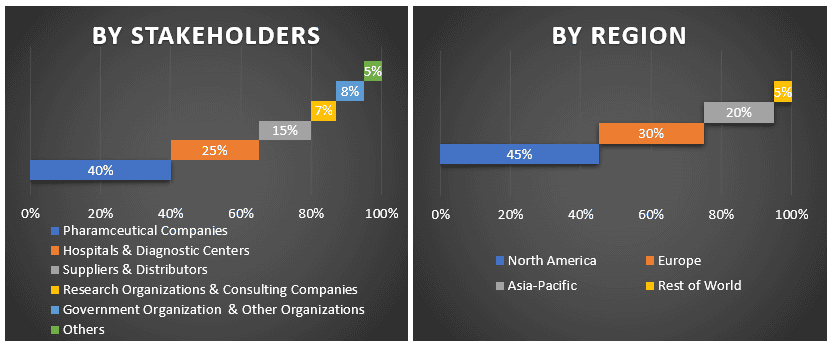
Market Engineering
Data triangulation technique was employed to complete the overall market estimation and to arrive at precise statistical numbers of each segment and sub-segment of the antinuclear antibody test market. Data was split into several segments & sub-segments post studying various parameters and trends in the areas of product, technique, application, and end-users of the antinuclear antibody test market.
The main objective of the Antinuclear Antibody Test market Study
The current & future market trends of antinuclear antibody test were pinpointed in the study. Investors can gain strategic insights to base their discretion for investments on the qualitative and quantitative analysis performed in the study. Current and future market trends determined the overall attractiveness of the market at a regional level, providing a platform for the industrial participant to exploit the untapped market to benefit as a first-mover advantage. Other quantitative goals of the studies include:
- Analyze the current and forecast market size of the antinuclear antibody test in terms of value (US$). Also, analyze the current and forecast market size of different segments and sub-segments
- Segments in the study include areas of the product, technique, application, and end-users
- Define and analysis of the regulatory framework for the antinuclear antibody test industry
- Analyze the value chain involved with the presence of various intermediaries, along with analyzing customer and competitor behaviors of the industry
- Analyze the current and forecast market size of the antinuclear antibody test market for the major region
- Major regions studied in the report include North America, Europe, Asia-Pacific and Rest of the world
- Company profiles of the antinuclear antibody test market and the growth strategies adopted by the market players to sustain in the fast-growing market
- Deep dive regional level analysis of the industry
Related Reports
Customers who bought this item also bought

